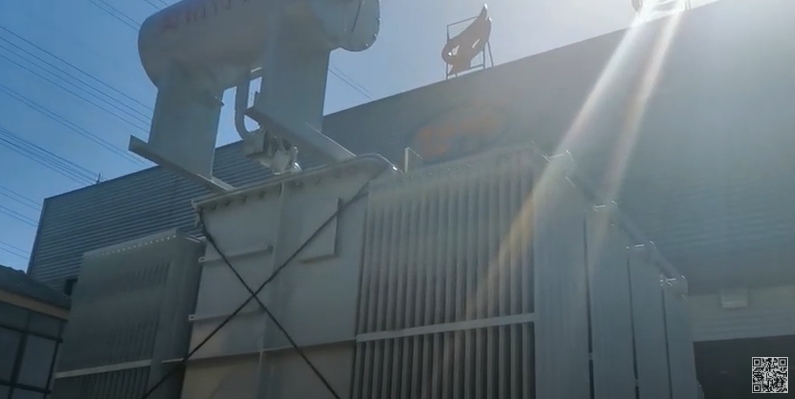- 30
- Sep
Why should transformer instantaneous protection avoid low-voltage short-circuit current?

This is mainly to consider the selectivity of transformer relay protection action. The quick break protection at the high ولټيج side of the transformer is mainly used to protect the external faults of the transformer. In the setting, if the maximum short circuit current at the low ولټيج side of the transformer is not avoided, the short circuit current values in the range not far from the outlet at the low voltage side do not change much and are basically the same, which will expand the scope of the quick break protection at the high voltage side of the transformer to the low-voltage outgoing line, thus losing the selectivity After the loss of selectivity, the protection is more reliable, but it brings inconvenience to permission. For example, many industrial parks are now equipped with 10KV general distribution rooms (10KV bus bars+outgoing circuit breakers), and each workshop is equipped with low-voltage distribution rooms (ring network cabinet+transformer). If the circuit breaker does not escape the maximum short circuit current at the low-voltage side of the transformer, it will cause the low-voltage main switch, (ring network cabinet load switch fuse), and high-voltage circuit breaker to act, which will bring inconvenience to the operation
